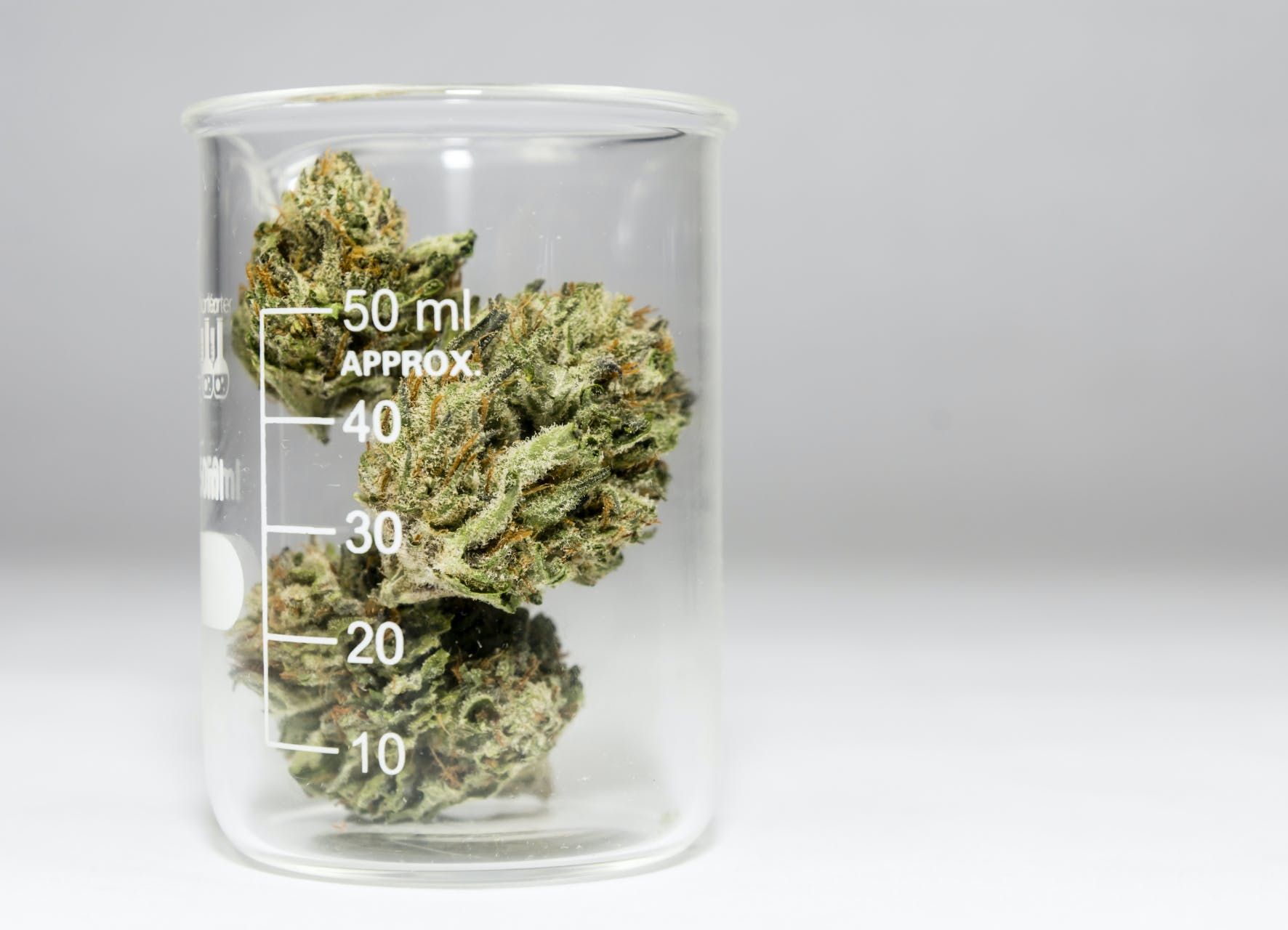Epilepsy affects more than 65 million people around the globe. It’s a general term for a number of conditions that cause seizures, which are disturbances in the brain’s electrical signaling.
Epileptic seizures can be infrequent or nearly constant. And they can range from mild episodes that resemble a moment of inattention to severe grand mal seizures that need hospital treatment.
Although epilepsy can take many forms, research shows that the cannabis compound cannabidiol (CBD) can be effective at reducing epileptic seizures. Unfortunately, there are legal and practical obstacles that make it hard for epilepsy patients to get their hands on the pure, high-quality CBD products that could help them.
Now, though, this could change. In early 2019, a team from the University of California, Davis announced that they’d developed a synthetic version of CBD. This synthetic CBD appears to ease epilepsy symptoms as does the natural version of the cannabinoid.
What’s more, this synthetic CBD, called H2CBD, is purer than that of CBD from plant sources and far more cost-effective to produce. And because it doesn’t contain actual cannabis molecules, it bypasses legal restrictions on cannabis in many parts of the world.
For people with epilepsy, especially children, H2CBD is a breakthrough that could make CBD treatment more accessible—and economical—than ever before.
What Exactly Is Epilepsy & What Causes It?
There are actually many different epilepsies, but they’re all characterized by seizure activity in the brain. There are about 40 different kinds of seizures that cause a variety of symptoms, too, and some of these seizure types mimic other conditions like fainting or stroke.
Generally, though, the causes of epilepsy can include:
- Genetic tendencies passed through families or by changes in a person’s own genes
- Structural problems in the brain, such as a tumor, stroke or other conditions that cause abnormal growths in the brain
- Events such as a blow to the head
- Exposure to toxins
All of these circumstances disrupt the electrical signaling among neurons in affected parts of the brain. A variety of factors can trigger seizures, like:
- Flashing lights
- Repeating patterns
- Stress
- Diet
But in many cases, the causes aren’t clear. And although most people associate epilepsy with the full-body grand mal seizure in which a person convulses and passes out, many seizures can be hard to recognize. Someone may simply stare into space for a brief moment or have a twitch in their hand.
Depending on the cause, epilepsy sufferers can address their symptoms with:
- Medications
- Dietary regimens
- Surgery
But for a considerable number of epilepsy patients, standard treatments simply don’t work. This is especially true for children who have forms of very severe epilepsy called Dravet’s syndrome and Lennox-Gastaut syndrome.
RELATED: HOW HEMP CBD OIL CAN HELP KIDS WITH SEIZURES
The Problems With Plant-Derived CBD for Medical Use
Many independent studies have shown that CBD is a powerful neuroprotectant that can help regulate brain signaling and promote resistance to seizure activity.
In particular, research revealed that CBD could reduce the number and intensity of epileptic seizures in children with Dravet’s and Lennox-Gastaut syndromes. This led to the development of Epidiolex, an FDA-approved medication whose active ingredient is CBD extracted from natural cannabis.
But Epidiolex isn’t available to everyone with epilepsy. Plus, it comes with a list price of $32,500 per year. Most patients pay much less than this for the drug, of course, but the list price does reflect the costs of bringing medications like Epidiolex to market.
Developing CBD products from natural hemp and cannabis sources can be slow and costly. Cultivating cannabis plants is a resource-intensive process that requires considerable amounts of:
- Land
- Water
- Labor
- Time
CBD extracted from natural plant sources can also contain impurities and toxins absorbed from soil or water, even with the best extraction technology available.
And in some areas, products containing natural cannabis of any kind are subject to restrictive laws on sales and use. All of these factors contribute to a growing interest in synthetic cannabinoids—chemical constructs that don’t contain natural plant extracts at all.
H2CBD: The Cannabis-Free CBD Solution
In February 2019, a UC Davis research team reported the successful production of a completely synthetic CBD analog. (For decades, researchers across the globe have been working to create synthetic versions—aka analogs—of cannabis compounds.) The result is a formulation called 8, 9-dihydrocannabidiol, or H2CBD, which the scientists created from relatively inexpensive, commercially available chemical sources.
Researchers can also create synthetic CBD using new biosynthesis technologies that produce natural precursors to CBD. But these products do contain natural cannabis elements.
So, the UC Davis team aimed to create a true synthetic—a chemical stand-in that can mimic the effects of CBD on the endocannabinoid system (ECS), the network of cannabis receptors found in the body and brain. And it can do so without the legal restrictions that affect natural cannabis extracts.
The result? A pure CBD analog that works just like natural CBD to reduce seizure activity in early animal testing.
Because H2CBD is entirely chemical based, it’s virtually free of toxins and impurities—and scientists can produce it faster and cheaper than naturally cultivated cannabis. Plus, since it doesn’t contain any cannabis molecules, it isn’t detectable on drug screenings.
Synthetic cannabinoid analogs are making it easier than ever to bring the benefits of CBD and other cannabis compounds to people coping with a multitude of health issues. With H2CBD, UC Davis researchers hope to make the healing properties of CBD available to people with all kinds of epilepsy.
Photo credit: Mitch M/Shutterstock.com
Want to try CBD, but don’t know where to start? Shop our selection of high-quality, lab-tested CBD products and have them shipped to your door. And if you have questions about CBD, ask them and our community will answer.






